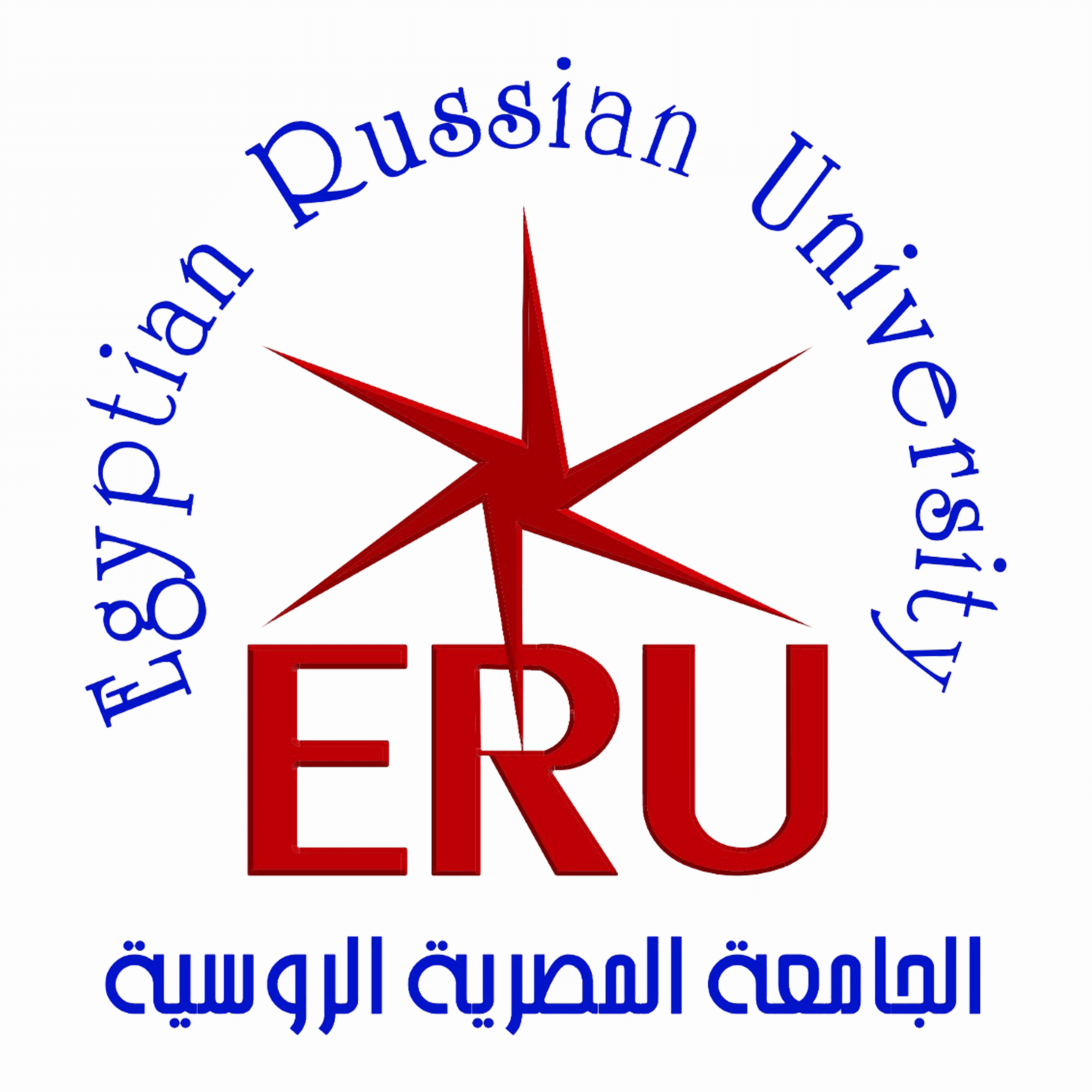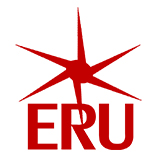Visual Arts Department
The visual arts curriculum adopts a futuristic view of the fields of traditional fine arts in their renewed contexts, as well as the conceptual and technical developments in the contemporary visual arts movement and their variables associated with successive technological developments in the means of formulation and presentation of the artistic image. There is an aspiration toward what is common between the fixed and moving means of visual expression, in order to form new expressive genres that go beyond the boundaries of traditional media and be able to absorb the content of the times and the aesthetic needs of modern man in their intellectual and material dimensions. Contemporary artists use their talents, imagination, and skills to create works of art that enrich the world with its aesthetic diversity. The contemporary artist puts in mind that he presents his work to a broad multicultural audience that receives the artistic image via rapidly spreading physical and digital display mediums. In this department, students delve deeper into the study of core fine arts disciplines: painting and mixed media, sculpture and installation, photography, and printmaking. This is done through an interdisciplinary program, where students study the core areas combined with a choice of an area of concentration.
- Painting and Mixed Media:
Students in the field of photography and mixed media learn the basic principles, techniques, and concepts of drawing and painting while developing their talents, as well as how to formulate their ideas, dreams, ambitions, and passion in authentic artistic images. The program enables in-depth practice of the art of drawing and painting on various surfaces of paper, canvas, and walls, as well as many other surfaces. Students gain experience in multiple imaging techniques such as oil color technology as the central technique of the art of painting, acrylic, pastel, inks, watercolors, multimedia, and others. In parallel, students study the ideas, styles, and art schools that make up the history of the art of photography. The courses include abstract and representative insights into the physical medium of the methods and techniques of drawing and coloring and how to use them to create photographic works in diverse conceptual contexts. Students experience the use of a variety of materials and methods as part of their study journey by working in the context of the visual environment surrounding them for the interior (studio) and the exterior (landscape scenes with their natural and human details of land, city, and village). This helps form a rich and diverse visual memory with its signs and elements, which represent – in its spatial, temporal, and cultural dimensions – an important role in the formation of the alphabet of visual thinking of the artist and their excellence in a special artistic style and vision.
- Sculpture and Installation:
Students study the art of sculpture and installation in space in the context of traditional fine arts concepts, theories, and contemporary artistic practices, which enable them to create 3D works of art in a dynamic temporal context. The curriculum provides students with opportunities to explore traditional forms of sculpture as well as new genres or practices of holographic expression, installation in space, kinetic performance art, video art, and films. This goes hand in hand with an emphasis on acquiring skills in direct sculpture, mold making, casting, metal casting, and video production as tools for creating new and exciting art forms in the context of contemporary visual arts.
- Scenography:
The Scenography program aims to equip students with a wide range of professional ideas, methodologies, and techniques that suit the expectations of the labor market. During the period of study, students will practice drawing, design, and hand and digital expression. They are also exposed to a wide range of artistic practices with a major focus on theatre, cinema, and television. Students will study topics directly related to scenography to enrich theoretical abilities and professional practice and at the same time will study indirect topics to develop their abilities in teamwork and develop a global understanding of intellectual and environmental issues. Graduates of the Environmental Design program work in architectural design, landscape, interior architecture, and the design of public spaces and squares and the artistic formations they contain, in addition to working in the fields of scenography such as the design of theatrical, cinematic, and television scenes and their costumes, the design and preparation of exhibitions, museums, and lighting systems, and the design and creation of water entities and elements with their aesthetic dimensions within the general functional context of external and inter-spaces within the framework of addressing environmental standards.
- Photography:
Students in the field of photography acquire the technical and conceptual skills necessary for the analysis and manufacture of photographic artworks. Students study digital and analog 35 mm SLR systems and approaches, medium and large format cameras, and scanners. Students also study traditional black and white and color photographic printing techniques as well as digital printing systems, in addition to wall prints, optical boxes, and alternative processes. They also acquire a full range of skills regarding studio lighting and technical treatments of the digital image and its applications.
- Printmaking:
Students in the field of the art of printing study new printing methods and techniques in addition to traditional engraving and printing methods (protruding, sunken, projected, and flat). Students learn the methods of making printing molds by engraving on wood, linoleum, zinc, and copper, as well as lithography and silkscreen printing techniques. This is done in the context of understanding the aesthetics and concepts of fine arts, as well as their conceptual contexts and renewed practices. The curriculum is concerned with developing and refining students’ technical and mental skills and building their cognitive awareness and abilities to experiment and explore, in order to produce images and artworks through projects of drawing, design, engraving, printing, and copying on various surfaces such as paper, manuscripts, cloth, or other surfaces suitable for printing, which at the end of that creative process constitute works of art in themselves.
DEPARTMENT BOARD MEMBERS
Pharmacology and Toxicology Department Major Staff








 Total Users : 336772
Total Users : 336772 Total views : 708458
Total views : 708458 Who's Online : 1
Who's Online : 1 Your IP Address : 18.223.172.199
Your IP Address : 18.223.172.199